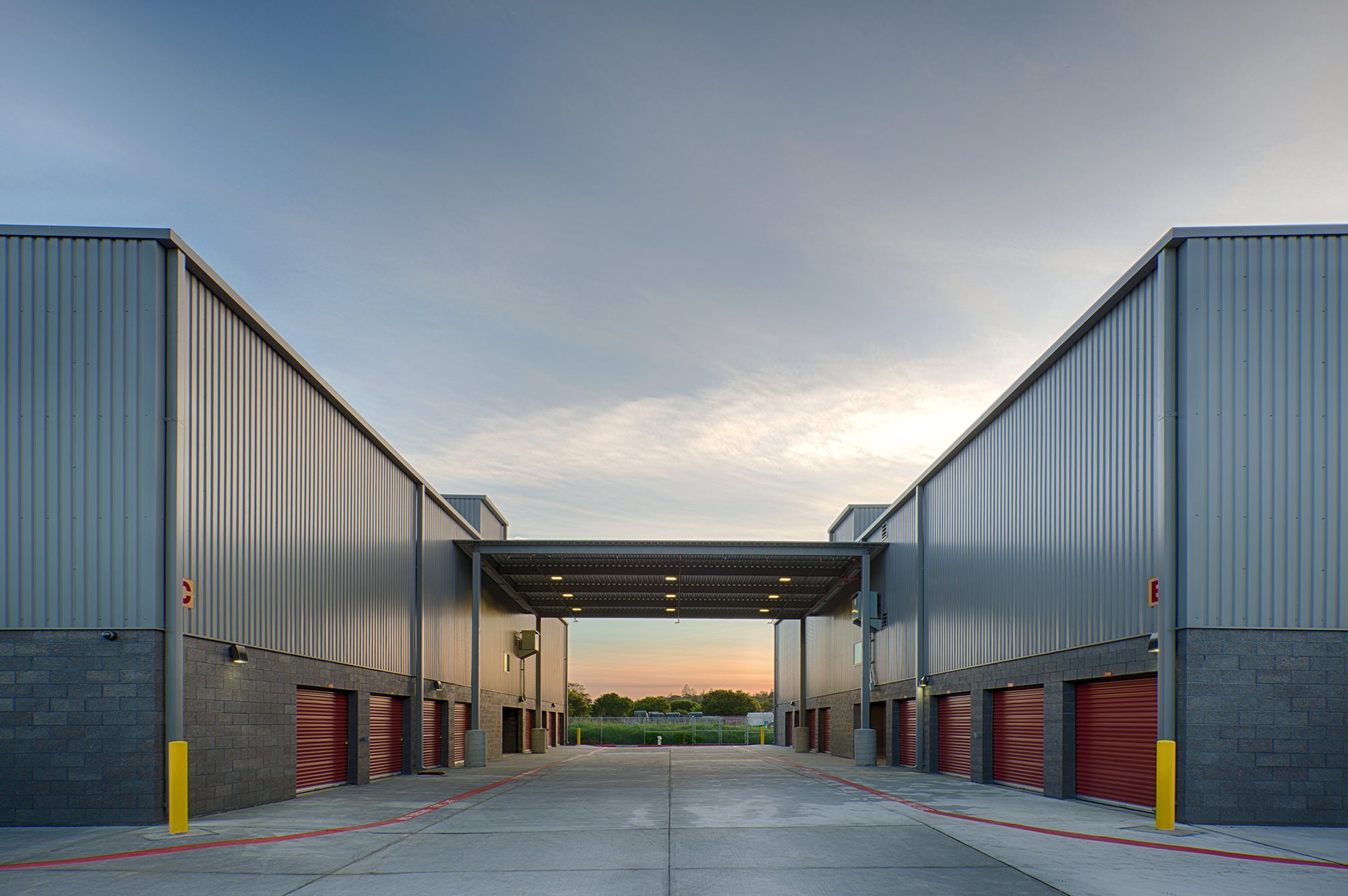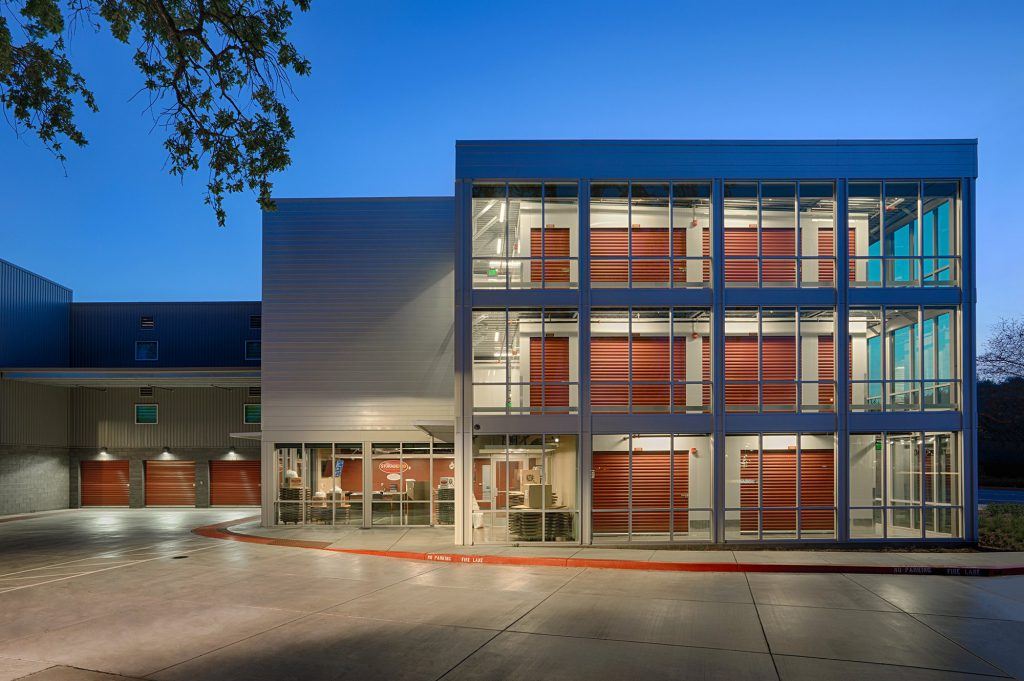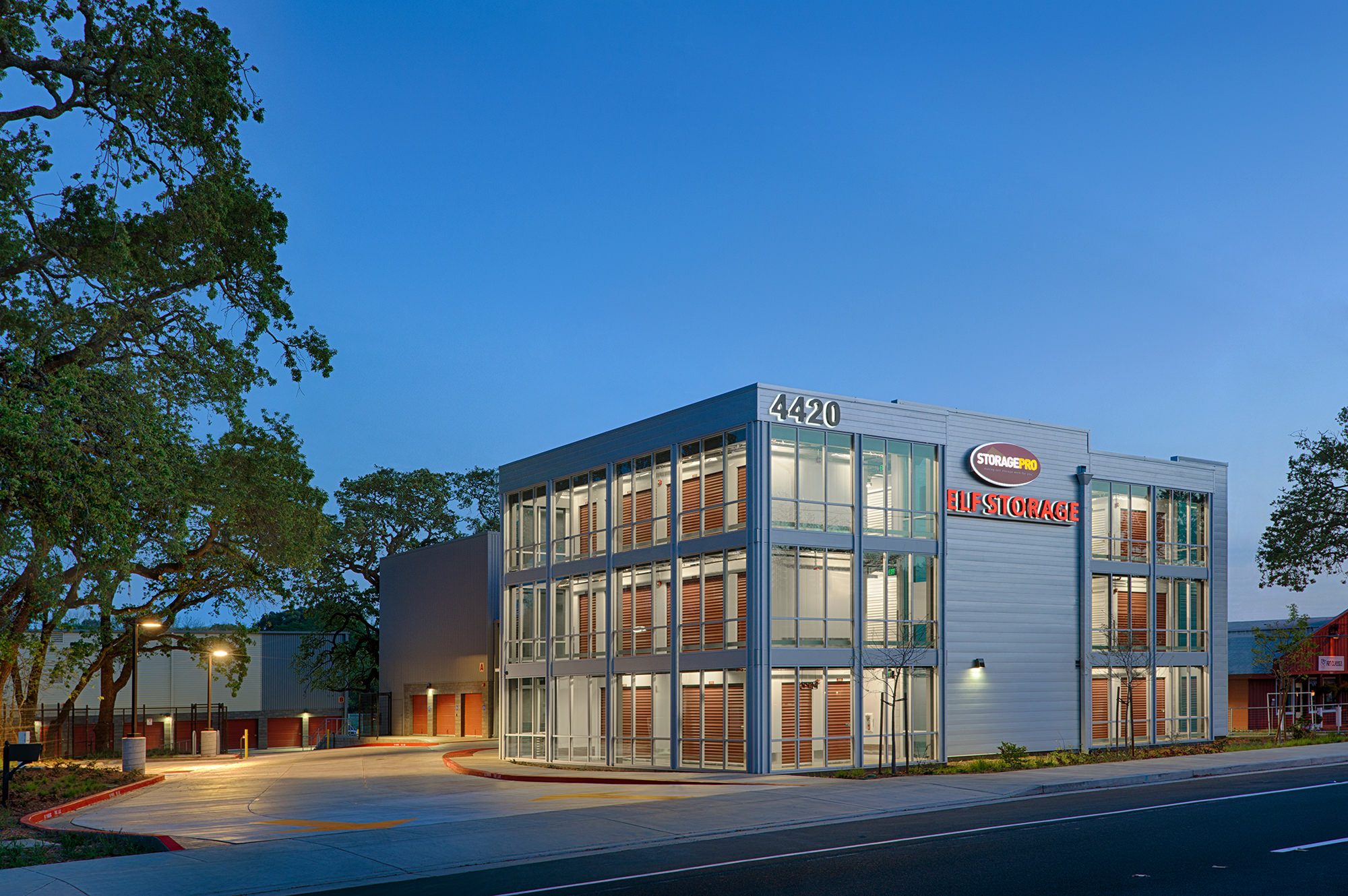A Guide to Climate-Controlled Storage Facility Construction Planning
September 23, 2024 Commercial Construction, Preconstruction Planning, Self-storageLearn how to maximize the success of any climate-controlled storage facility construction project with these expert tips.

Key Considerations for Climate-Controlled Storage Facility Construction
The demand for climate-controlled storage facilities is skyrocketing. These facilities provide a safe and secure environment for storing items that are susceptible to mold, mildew, deterioration, or other forms of damage. This includes electronics, furniture, musical instruments, antiques, books, essential documents, wine, and more.
Offering climate control units can give your storage facility a competitive advantage, attracting high-quality and long-term tenants and maximizing revenue. However, building a facility that meets the highest standards of quality and customer satisfaction requires careful planning, execution, and attention to detail.
Below, we outline specific considerations to help you plan, streamline, and maximize the success of your climate-controlled storage facility construction project.
Conduct Thorough Market Research

Are climate-controlled storage facilities in demand in your area? When constructing a storage facility, it’s important to conduct thorough market research as early on as possible. This involves analyzing competition, consumer demographics, and other self-storage trends in your area.
By conducting this research, you can make informed decisions about the location, size, features, and pricing of your future climate-controlled storage facility. For instance, this can help identify the specific specialized storage needs of your target customer. Wine collections, art, electronics, etc., all require unique storage conditions that can influence everything from the design of your facility to your pricing strategy.
This research will provide valuable insights that will help you make informed decisions, minimize risks, and optimize your strategies.
Design Considerations for Climate-Controlled Storage Facilities
A well-designed climate-controlled storage facility is essential for maximizing your ROI and ensuring both you and your customers get the most out of the facility as a whole. Careful consideration of factors such as storage unit sizes, property security features, HVAC systems, access points, etc., can significantly impact the success of your facility.
The choice between building a single-story or a multi-story structure is also crucial. Factors to consider include land availability, construction costs, operating expenses, customer preferences, and scalability:
- Single-story facilities require more land but allow for simpler construction and easier access for customers and larger items like vehicles or boats.
- Multi-story storage facilities maximize square footage and storage space but require more complex engineering and HVAC systems.
Ultimately, the best design choices for your climate-controlled storage facility will depend on your specific needs and goals.
Temperature and Humidity

In storage facility construction, climate control typically involves both temperature and humidity regulation. A well-designed climate-controlled storage facility should be able to maintain a consistent temperature and humidity level, regardless of external conditions. This requires a combination of factors, including:
- HVAC equipment: High-quality HVAC equipment is essential for maintaining the desired temperature and humidity levels.
- Controls: A sophisticated control system can automatically adjust the HVAC equipment to maintain optimal conditions, even during peak usage periods.
- Ventilation: Proper ventilation is necessary to prevent moisture buildup and ensure adequate air circulation.
- Sensors: Sensors can be strategically placed in storage units to monitor temperature and humidity levels in real time.
By implementing these measures, you can create a climate-controlled facility that provides reliable storage for your customers, and the long-term success of your business.
Maximizing Insulation
There is no temperature control without insulation. Proper insulation is critical for ensuring precise and consistent climate control in your storage facility. It can also help reduce energy consumption and lower operating costs.
High-quality insulation materials will minimize heat transfer and thermal bridging to keep everything at an optimal temperature and humidity level. A thermal bridge is a weak point in the building’s envelope that allows heat to escape more easily.
Consider implementing specific construction techniques that reduce thermal bridging, such as staggered studs or insulated concrete forms (ICFs). You can also select energy-efficient, durable materials with low thermal conductivity, including steel, aerated concrete, and more.
Partner With an Experienced Storage Facility Construction Company
Building a climate-controlled storage facility requires careful planning and execution. With over 40 years of experience as a full-service commercial construction company, FDC is ready to help you bring your storage facility vision to life. Our team is dedicated to exceeding our client’s expectations and setting you up for long-term success.
Contact us online today or call (707) 523-1722 to learn more about our storage facility construction services.
